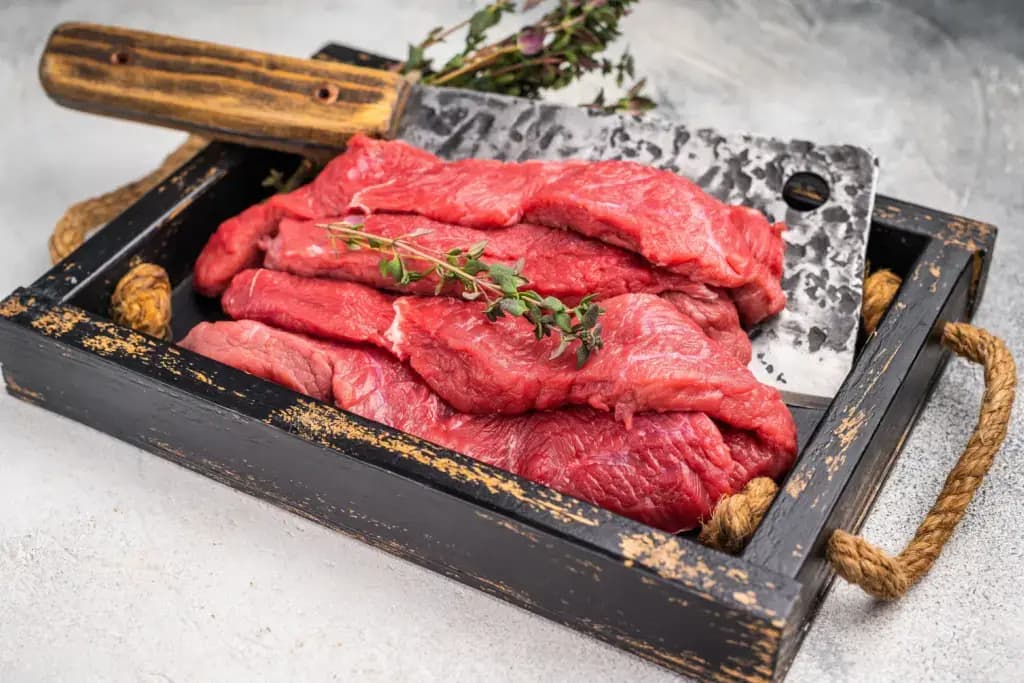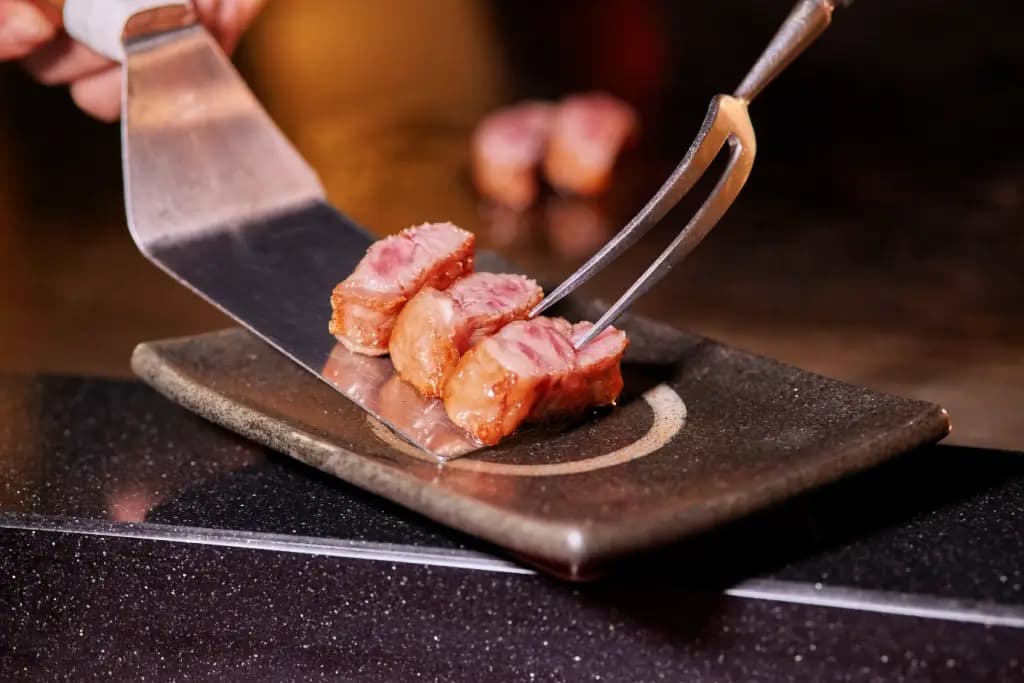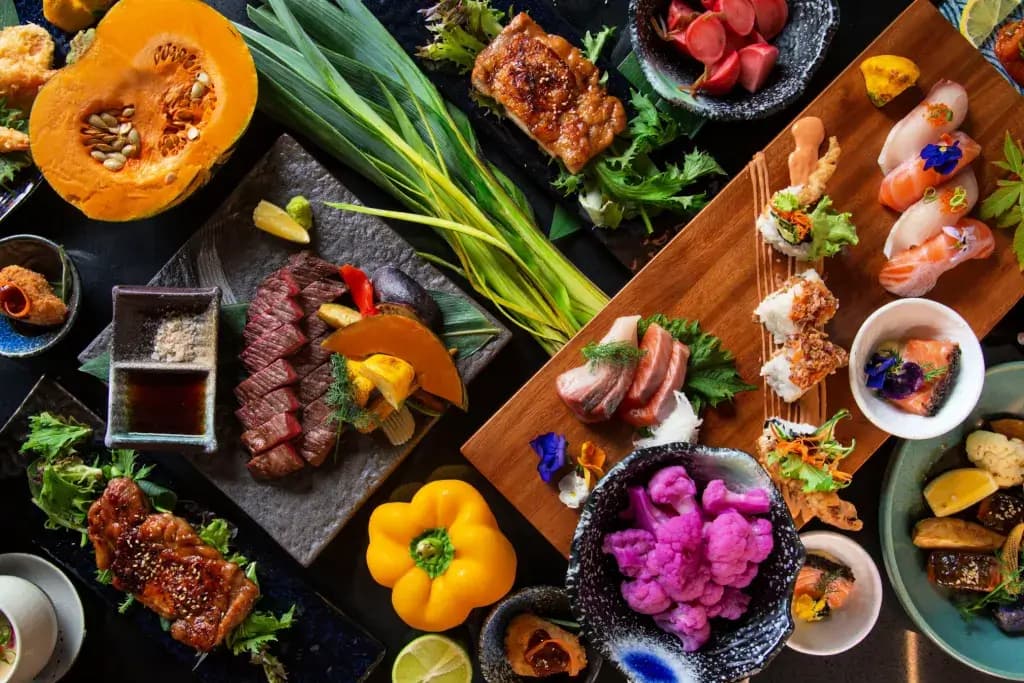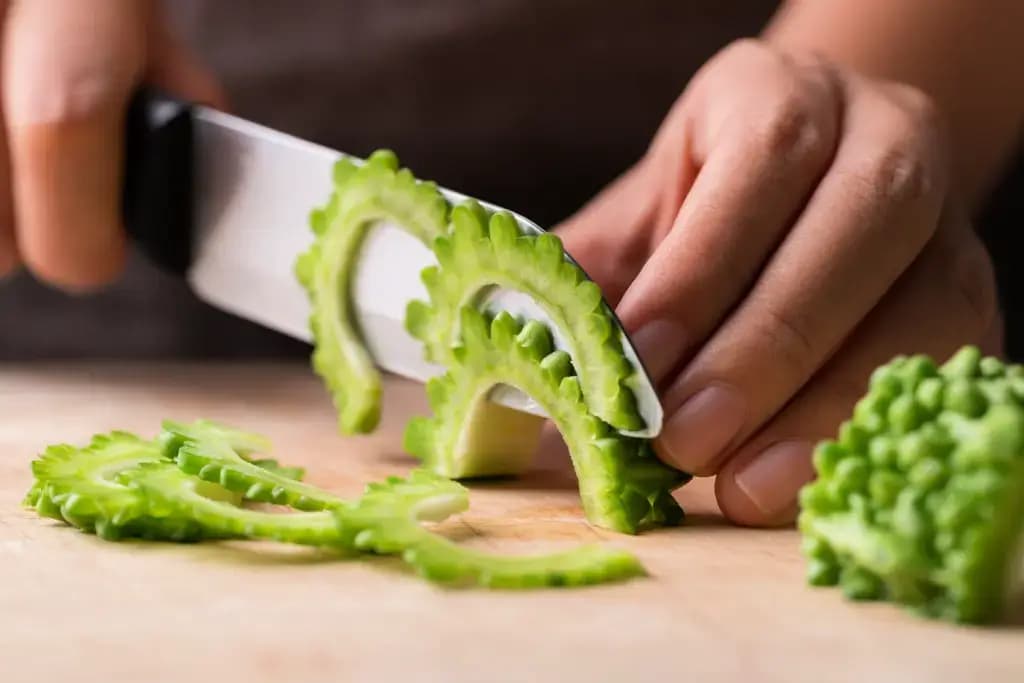

2025 OCTOBER 23
.James Lau
Basashi: Japan’s Unique Raw Horse Meat Cuisine
Basashi is one of Japan’s most surprising and distinctive regional foods. Known for its clean taste and smooth texture, this dish is especially popular in Kumamoto, Nagano, and parts of Tohoku.
While it may sound unusual to outsiders, the dish is a long-standing delicacy that represents Japan’s respect for seasonal, fresh, and high-quality ingredients. The dish continues to spark curiosity and remains a specialty for regions that specialize in it.
The History of Basashi
Basashi is believed to have gained popularity during the late 16th century. In times of war, when other meat supplies were scarce, horse meat was consumed as a vital source of protein. Over time, it evolved into a culinary tradition, particularly in regions where horse breeding was a prevalent practice. By the Edo period, horse meat was appreciated not only as a means of survival but also as a refined dish at gatherings.

In modern Japan, horse meat is closely tied to regional identity. Kumamoto is considered the heart of basashi culture and promotes it as a symbol of local pride. Festivals, restaurants, and specialty shops specialize in the dish, attracting domestic and international travelers. Other prefectures, like Nagano, also boast their own styles of preparing it, often tied to local farming traditions. As a result, the rare delicacy continues to represent history and heritage.
Flavor and Texture
Basashi is often praised for its unique flavor compared to other raw meats. The meat is lean, low in fat, and has a slightly sweet aftertaste. Unlike beef, which can be heavy, horse meat feels lighter and more refreshing on the palate. Its smooth texture makes it easy to eat, especially when sliced into thin pieces. When paired with condiments like garlic or wasabi, the taste becomes even more balanced and enjoyable.

Texture plays a crucial role in determining the popularity of a dish. Depending on the cut, some slices can be tender and melt in your mouth, while others are firmer and more satisfying to chew. Fans appreciate the variety this offers in a single dining experience. Freshness is crucial, and high standards are followed to ensure safety and quality. The emphasis on freshness also ties into Japanese culinary traditions, which highlight natural flavors.
Are you looking for well-made knives to create unique dishes with? Check out ZAKU! ZAKU has authentic knives handmade in Japan for all of your culinary needs!

Popular Basashi Dishes
Basashi Sashimi
The most common way to enjoy horse meat is thinly sliced sashimi-style. The chilled meat is arranged on a plate and eaten with soy sauce, garlic, or ginger. This preparation highlights the meat’s natural sweetness and delicate texture. It is the purest way to experience the flavors as intended.

Basashi Sushi
Another variation is horse meat sushi, where raw horse meat is served on top of a small ball of vinegared rice. Sometimes paired with wasabi or onions, this dish blends traditional sushi elements with regional flavor. It’s less common than sashimi but a favorite among adventurous diners. The combination of soft rice and lean meat creates a distinct flavor profile.

Basashi Tataki
In some areas, the meat is lightly seared on the outside before being sliced thin. This preparation, known as tataki, offers a blend of smoky flavor and raw freshness. The slight char adds depth without overpowering the meat’s natural sweetness. It appeals to those who want a balance between raw and cooked.
Health and Nutritional Value
One of the main reasons basashi is enjoyed in Japan is its nutritional profile. Horse meat is leaner than beef and pork, with lower fat and cholesterol levels. It is rich in protein, making it a satisfying yet lighter option. Some also highlight its higher iron content compared to other meats. These qualities have helped the dish earn a reputation as both delicious and relatively healthy.

Another factor is portion control and moderation. The meat is usually served in small amounts, meant to be savored slowly. This aligns with Japanese dining customs that value balance and variety. Instead of heavy meals, the horse meat complements other dishes on the table. For health-conscious diners, it offers an appealing mix of tradition and nutrition.
Would I eat basashi?
Yeah, I would; I already have. If you’re still wondering about the taste of the meat, it is something unique that you need to try for yourself. Find yourself a restaurant that specializes in this delicacy. In areas that are famous for horse meat, you can often find restaurants that serve an entire course menu that is centered around basashi. These restaurants will serve you the meat in various ways, ensuring that you will find a variation you like.

Many of these restaurants take pride in the freshness and quality of their cuts, often sourcing them directly from local farms. The meat is typically served chilled and sliced thinly, often accompanied by a soy sauce mixture seasoned with grated ginger or garlic. In Kumamoto, the region most famous for basashi, diners might also enjoy it with shiso leaves or onions to balance the richness of the flavor. You can also enjoy it as shabu-shabu. The offerings are endless!
Why should you try basashi?
For travelers and food lovers, trying horse meat is a way to experience a part of Japan that goes beyond the usual sushi and ramen. It offers insight into regional traditions, particularly in places like Kumamoto, where it is deeply rooted in culture. The dish represents Japanese values of freshness, quality, and respect for seasonal ingredients. Eating it in its local context also supports regional producers and communities.
Additionally, the delicacy allows diners to challenge their comfort zones. Many visitors find that it tastes far better than expected, with a sweetness and smoothness that make it approachable. Sharing this meal can also spark meaningful conversations and create lasting, memorable travel experiences.
By trying it, you engage with a centuries-old tradition still thriving today. It’s an experience that combines taste, culture, and connection. Have you ever tried basashi before? What did you think about this horse meat dish? Let us know in the comments below!


















